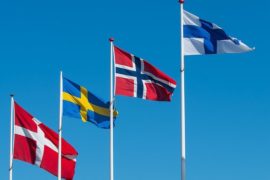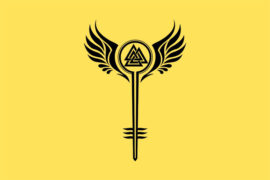Döstädning, or death cleaning, may sound like a morbid subject. After all, death is one of the inevitable things which we simply cannot change.
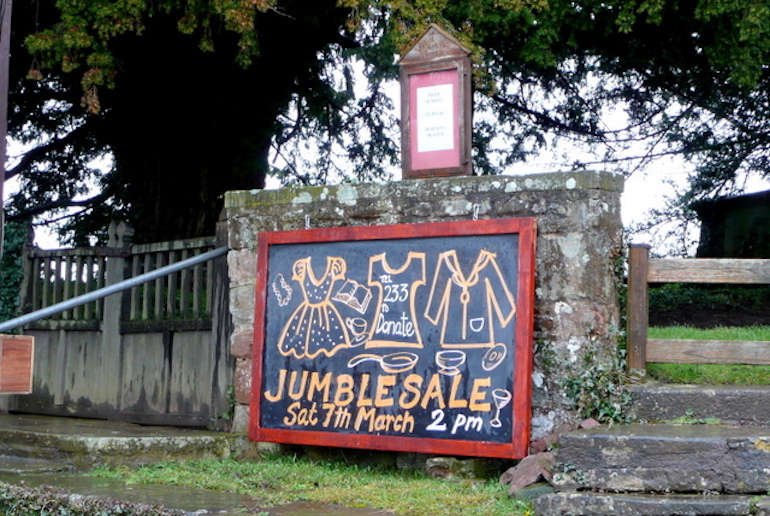
So where did the idea of death cleaning come from, and is it actually practised in Sweden?
What is Swedish death cleaning?
Let’s start by understanding the Swedish word döstädning. It’s pretty simple when the word is broken into two smaller words: dö, which means die/death, and städning, meaning cleaning. Easy, right?
Döstädning is a decluttering process. It involves getting rid of possessions that you no longer need or use in preparation for the end of life. But who wants to start getting prepared for their death?
Well, in reality, death cleaning is a practical and proactive approach to managing one’s possessions.
The goal of death cleaning is not to dwell on death, but rather to simplify one’s life and reduce clutter. And it has the added benefit of making it easier for loved ones to manage one’s belongings after death.
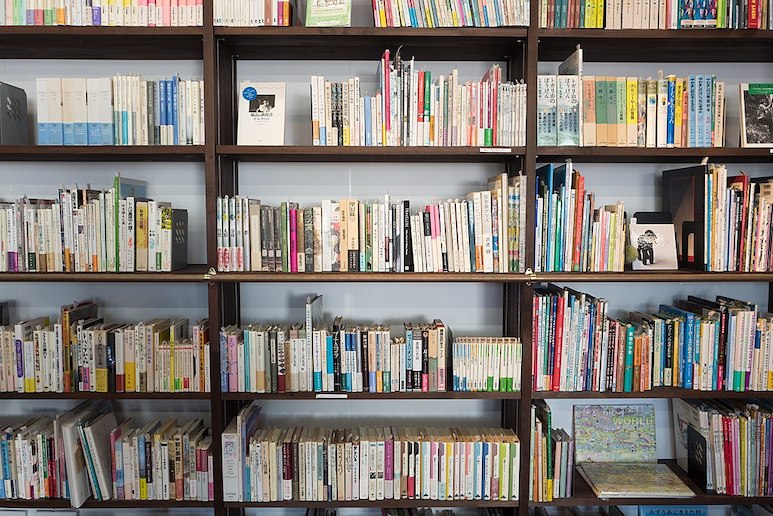
Additionally, it can help to free up mental and physical space, reduce stress and make life more enjoyable in the present.
Whether it’s sorting through household items, decluttering a workspace or organizing important documents, döstädning can be a rewarding and empowering experience.
The key is to approach it with a positive and practical mindset and to focus on simplifying life and reducing clutter, rather than worrying about death.
How did the idea of death cleaning come about?
The concept gained wide recognition after the publication of the book The Gentle Art of Swedish Death Cleaning by Margareta Magnusson in 2017. (You can find it here.)
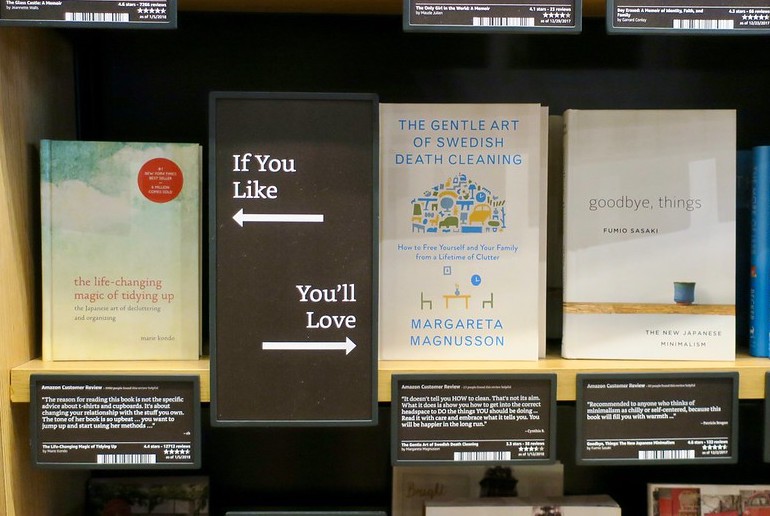
In her book, Magnusson focuses on the practical aspects of death cleaning and outlines a step-by-step process for decluttering one’s life.
Magnusson also encourages individuals to approach death cleaning as a positive process, rather than a negative or morbid one.
Since the release of the book, the idea of death cleaning has gained international popularity and is now being embraced by people all over the world.
The book also been translated into several languages including Japanese, Thai, Portuguese and Romanian.
Is death cleaning really a Swedish thing?
Since the launch of the book, Döstädning has become a well-known concept in Sweden. However, not everyone practises it and the idea may not even be original to Sweden.
The idea of death cleaning has been practised in various cultures throughout history, and the concept of reducing clutter and simplifying one’s life is universal.
Therefore, while death cleaning may not be an exclusively Swedish concept, the term and the approach outlined by Margareta Magnusson have become widely associated with Sweden.
What’s the book like?
The book goes through several topics such as the importance of death cleaning, the process of death cleaning and how to sort and make decisions about your possessions.
It is a very gentle guide, and readers can enjoy the author’s humour as well. It makes the morbid topic of death feel not so morbid!
Can death cleaning really help you?
There are countless success stories of people who have practised the art of death cleaning. In fact, there are Reddit threads full of people who claim Margareta’s book has helped them.
In this thread, one Reddit user says: “I am older and I’d been hanging onto things that I felt like I should pass down… It’s an ongoing process and it makes me feel good that I won’t be leaving a whole lot of extra stuff for someone else to deal with when I go.”
Another user says: “I am in the process of it too and it’s been really liberating. I’m always surprised by the weird stuff I’ve kept because, for whatever reason, it feels oddly sentimental to me, I felt guilty getting rid of it, or I simply forgot about it… I’m happy I’m not the only one on this journey!”
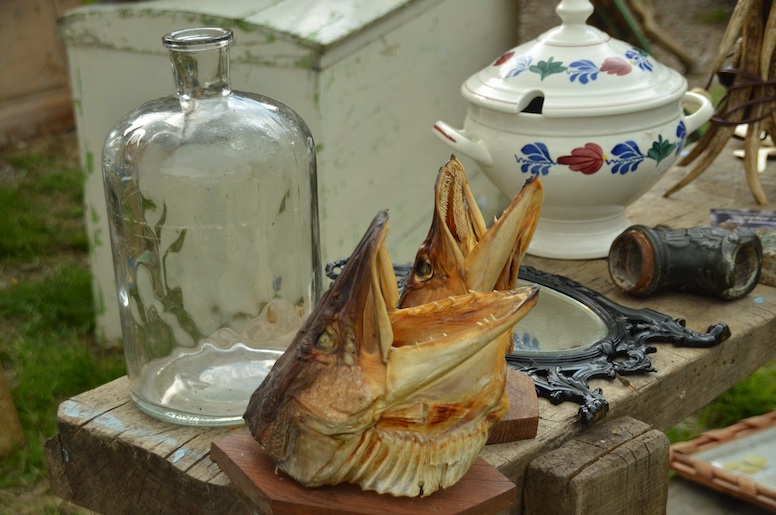
There are tons of stories out there from people the world over who have been inspired by the book, and those with first-hand experience are often happy to guide you.
What are some tips for doing your first death clean?
So, feeling inspired? Here are some top tips for getting started on your first Swedish death clean.
Checklist for Swedish death cleaning:
- Start small: This can be a very overwhelming process at first, so taking it one room (or one drawer!) at a time will help you to not feel swamped.
- Be honest with yourself: Ask yourself what items you truly need. Remember, the goal of death cleaning is to simplify your life, so be honest with yourself about what is truly important to you.
- Get organised: Make sure you create an organised system for managing your possessions. This can make it easier for your loved ones to handle your affairs after you pass.
- Seek help: Never be afraid to ask for help from friends or family!
- Celebrate your achievements: Try to feel good about the process along the way, and be proud of the progress you have made.
It’s worth noting that there is no correct way to do death cleaning. This is a personal journey, so do whatever feels right to you!
When should you start death cleaning?
Death cleaning should happen once you’ve reached old age, right? Well, not exactly. The process of death cleaning should be approached gradually and methodically and therefore can be started at any age.
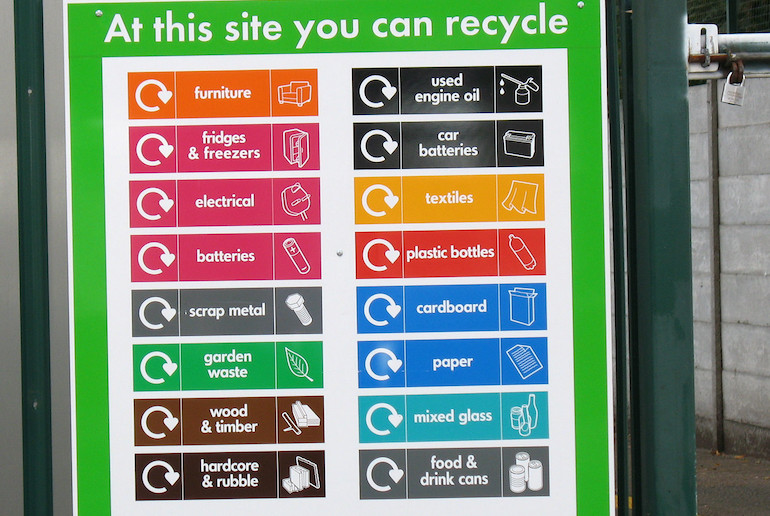
Some people start the process in their later years, while others start earlier in life. Regardless of when you start, it is never too early or too late to begin the process of death cleaning.
Where can you find out more?
The physical copy of the book can be purchased here. It’s also available throughout many bookstores all over the world.
For those of you with e-books, you may be able to download it through your app store such as the Kindle store. You can also find it on Audible if you want to listen to the narrated version.
What is Norwegian death cleaning?
There is no such thing! Unfortunately for the Norwegians, they have to give this one to the Swedes.
What is Munkensmat?
Munkensmat is a made-up Norwegian word that refers to some kind of purge cleaning, as mentioned by Amy on the show Brooklyn Nine-Nine.
One might think that in this context, it could be related to Swedish death cleaning, but this is not the case.
And the direct translation of Muskensmat? “Food of the monk”. Even Norwegians say that this word is total gibberish!
See also:
Why not try the Scandinavian sleep method?
A guide to Heimdall, the Norse watchman
A guide to Norwegian black metal


